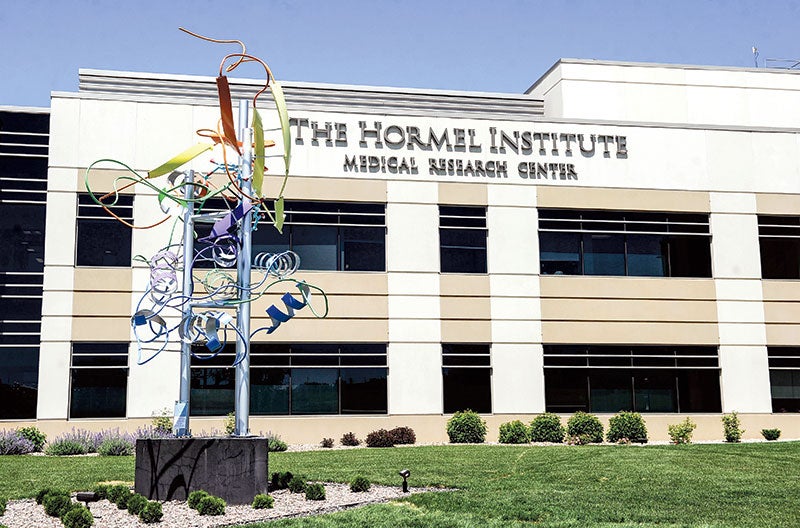Mayo study links youth contact sports to brain disease
Published 10:05 am Thursday, December 3, 2015
By Paul Walsh and Jeremy Olson
Minneapolis Star Tribune
Mayo Clinic researchers say they have discovered a significant and surprising incidence of brain degeneration in males who participated in amateur contact sports in their youth.
About one-third of the men, whose brains had been donated to the Mayo Clinic Brain Bank, had evidence of chronic traumatic encephalopathy (CTE), which is caused by repetitive brain trauma, the researchers announced Wednesday.
The Mayo study links contact sports — football, boxing, wrestling, rugby, basketball, baseball and others played while in school — with the development of CTE, which can affect mood, behavior and cognition if the cases are severe enough.
The study’s lead author, Kevin Bieniek, said the purpose of the study was “not to discourage children and adults from participating in sports [because] there are so many positive benefits to being in sports, physical as well as mental.”
Bieniek said, however, that he hopes his findings encourage people to “use caution when it comes to protecting the head.”
The Mayo research team examined the clinical records of 1,721 donors to the Mayo Clinic Brain Bank in Jacksonville, Fla. Of the 66 males who had participated in contact sports during their youth and young adult years, 21 had mild to severe CTE pathology in brain tissue.
“If one in three individuals who participate in a contact sport goes on to develop CTE pathology, this could present a real challenge down the road,” said Bieniek, a predoctoral student in Mayo Graduate School’s Neurobiology of Disease program.
Doctors not involved in the research urged caution in applying the results to the general population and today’s athletes.
A higher rate of injury might be expected in brains donated to science simply because the donors had reason to be interested in the issue, said Dr. Rodolfo Savica, a concussion neurologist at Mayo in Rochester who works with injured athletes. In addition, he said, most indications of CTE in the study were mild, and there is no way to know if the injuries caused symptoms or not.
“We are assuming it’s bad,” Savica said of CTE, “but we don’t know how bad is bad.”
Major league stars
CTE has been associated with high-profile cases involving professional athletes, including NFL linebacker Junior Seau and MLB infielder Ryan Freel. Both died by suicide before they reached 45. CTE also was found posthumously in the brain of former Wild player Derek Boogaard, who died from a pain pill overdose following a hockey career marked by fights.
The Mayo study, published in the December issue of Acta Neuropathologica, is significant because it moves beyond individual cases and provides one of the first estimates of the prevalence of CTE in an athletic population.
“The frequency with which [Bieniek] found CTE pathology in former athletes exposed to contact sports was surprising,” said Dr. Dennis Dickson, the study’s senior author and a Mayo neuropathologist. “It is pathology that had gone previously unrecognized.”
Of 198 brains studied of individuals without documented participation in contact sports — including 66 women — none had CTE pathology.
Most of the 66 males were football players, boxers and baseball players, said Bieniek, 27, himself a football player in his days at Rochester (Minn.) Lourdes High School.
Their average age at death was 78, meaning the active years in contact sports for many of the 21 with CTE occurred in the 1940s to 1960s, Bieniek said. Only three of the 21 went on to any degree of professional athletics and for only a brief time, he said.




